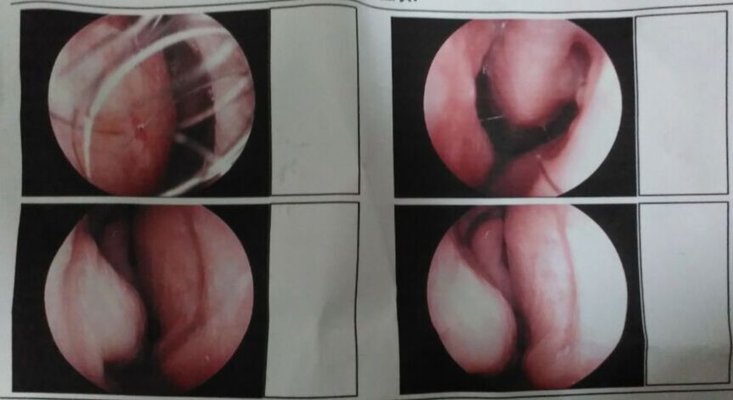Asymptomatic anterior mediastinal tumor?
summary
With the decline of urban air quality, as well as the improvement of people's living standards, many bad habits also followed. Many people were detected thymoma in the annual regular physical examination. There are many forms of upper mediastinal tumors, but the most common one is thymoma. Thymoma accounts for 20% ~ 40% of all mediastinal tumors in adults. Thymoma originates from thymic epithelium, but does not contain tumors from lymphocytes, neuroendocrine cells, germ cells and adipose tissue. Let's take a look at the following.
Asymptomatic anterior mediastinal tumor?
First: about 30% ~ 60% of thymoma patients have no obvious symptoms, only in the occasional chest X-ray examination was found thymoma. The main clinical manifestations of symptomatic patients were local chest symptoms caused by tumor invasion or compression of adjacent mediastinal structures, including cough, chest pain, wheezing, recurrent respiratory tract infection, dyspnea, dysphagia, hoarseness and other symptoms. At the same time, the systemic symptoms are fever, weight loss, fatigue, loss of appetite, night sweats and so on.

Second: the most common way of thymoma metastasis is intrathoracic metastasis, such as pleura and pericardium, accompanied by pleural effusion, can produce dyspnea, chest pain, chest discomfort and other symptoms. Extrathoracic and hematogenous metastases are rare. The most common site of metastasis is the skeletal system, which can cause related symptoms of metastasis.
Third: thymoma has its unique performance, with a variety of paraneoplastic syndrome performance: the most common is myasthenia gravis; Red blood cell dysplasia; Polymyositis; Systemic lupus erythematosus; Rheumatoid arthritis; Thyroiditis and other diseases. Some studies have found that patients with thymoma are more likely to have a second primary tumor than others.
matters needing attention
Thymoma is different from other tumors. If it is completely based on histology, the benign and malignant nature of thymoma can not be determined. Therefore, the benign and malignant of thymoma should be determined by whether there is capsular infiltration, peripheral organ invasion or distant metastasis. At present, all thymomas are considered to be potentially malignant. In medicine, we advocate that thymomas should be divided into non-invasive and invasive. Generally speaking, only 30% ~ 40% of thymomas are invasive.














